Harnessing Telehealth for Better Outcomes
With advancements in technology, managing diabetes and obesity has become more accessible and efficient through remote healthcare programs. These telehealth-enabled services cater to diverse needs, offering comprehensive support that fosters improved health behaviors, better clinical outcomes, and increased convenience. Whether it’s via virtual consultations, mobile apps, or remote monitoring devices, patients can now access personalized care from the comfort of their homes, breaking geographical and logistical barriers.
Features and Components of Remote Diabetes and Weight Management Programs
What are remote diabetes and weight management programs, and what features do they typically offer?
Remote programs for managing diabetes and weight utilize a variety of telehealth technologies to deliver care directly to patients wherever they are. These programs leverage tools such as phone calls, teleconferencing, mobile apps, and digital devices to monitor health metrics and support lifestyle changes.
A common feature is remote monitoring of vital health indicators like blood glucose, blood pressure, and weight. Patients may receive wireless-connected devices such as Bluetooth blood glucose monitors, digital scales, and blood pressure cuffs. These devices automatically transmit data to healthcare providers, enabling real-time assessment and timely adjustments to treatment plans.
Personalized education is another cornerstone, offering tailored advice on nutrition, exercise, and medication management. Patients may access structured educational courses, often accredited by reputable organizations like QISMET, to deepen their understanding of their condition.
Consistent communication and feedback are facilitated through virtual sessions with healthcare providers. Patients can message their coaches or clinicians, share progress reports, and receive motivational support. This ongoing interaction helps maintain engagement, promotes behavioral change, and improves clinical outcomes.
Medication management is integrated into many programs. Healthcare professionals can prescribe medications such as GLP-1 receptor agonists, including Ozempic, Wegovy, Zepbound, and Mounjaro, when clinically appropriate. These medications are used alongside lifestyle guidance to enhance weight loss and blood sugar control.
Some programs incorporate advanced features like setting individualized health targets, tracking diet and physical activity, and providing educational content about diet, lifestyle, and treatment adherence. Such comprehensive management aims to improve overall health, prevent complications, and facilitate sustained lifestyle change.
The use of telehealth ensures that even patients in remote or underserved areas have access to high-quality care. Telemedicine interventions can include synchronous virtual visits or asynchronous data exchanges, making ongoing management more flexible and accessible.
Overall, these programs are designed to be convenient, personalized, and effective, harnessing modern technology to support health goals seamlessly and safely.
Accessing and Enrolling in Virtual Diabetes and Weight Programs
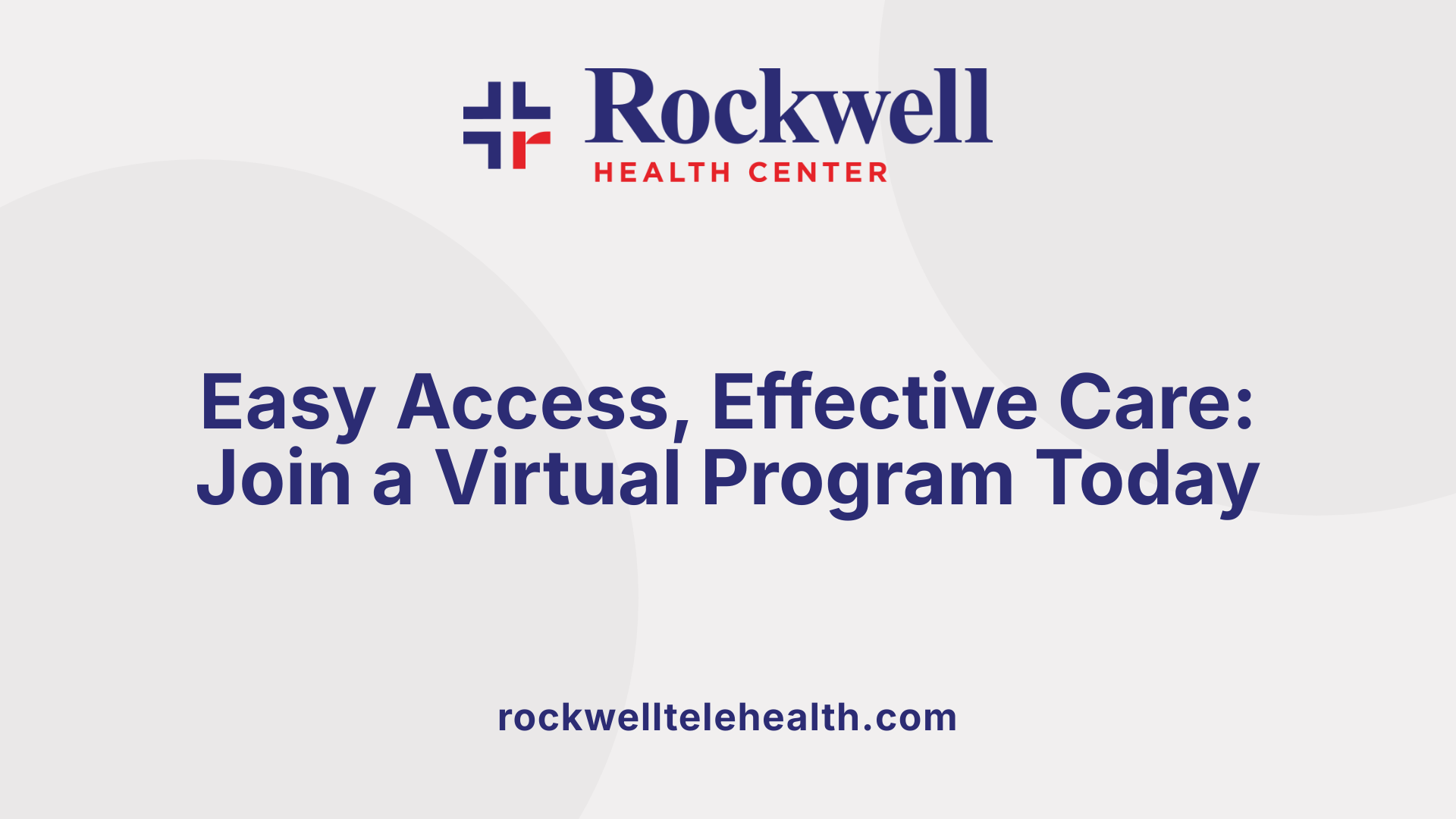
How can individuals access and enroll in virtual health programs for diabetes and weight management?
Accessing virtual health programs for managing diabetes and weight is increasingly streamlined, making it easier for patients to get started on their health journey. Typically, individuals initiate the process through several pathways, including referrals from healthcare providers, employer-sponsored initiatives, or direct registration via online platforms and dedicated mobile apps.
Programs like Teladoc Health’s weight management or diabetes platforms often offer no-cost options, especially when covered by an employer or health plan. This removes financial barriers and encourages broader participation. Once enrolled, participants usually register on secure websites or apps that provide a range of remote health monitoring tools. These systems allow users to log vital health metrics such as blood glucose, weight, and activity levels.
Enrollment often involves an initial virtual assessment conducted by healthcare professionals. This assessment helps determine eligibility based on health status, BMI, or specific health conditions, excluding individuals with extremely low BMI or those who are pregnant. After qualifying, the participant receives a smart device, such as a digital scale or glucometer, shipped directly to their home. Alongside the device, a personalized care plan is introduced, which includes virtual consultations, educational materials, and ongoing coaching.
Support during onboarding is also a vital component, with technical assistance available to help participants set up their devices and navigate the mobile platform. Many programs offer onboarding sessions, tutorials, and dedicated customer service to ensure participants feel comfortable and confident using the technology.
These virtual programs facilitate continuous engagement with healthcare providers, enabling real-time data sharing, medication adjustments, and personalized advice. Such comprehensive digital initiatives harness telehealth technology to make chronic disease management more accessible and tailored to individual needs.
Digital Tools and Resources for Effective Remote Management
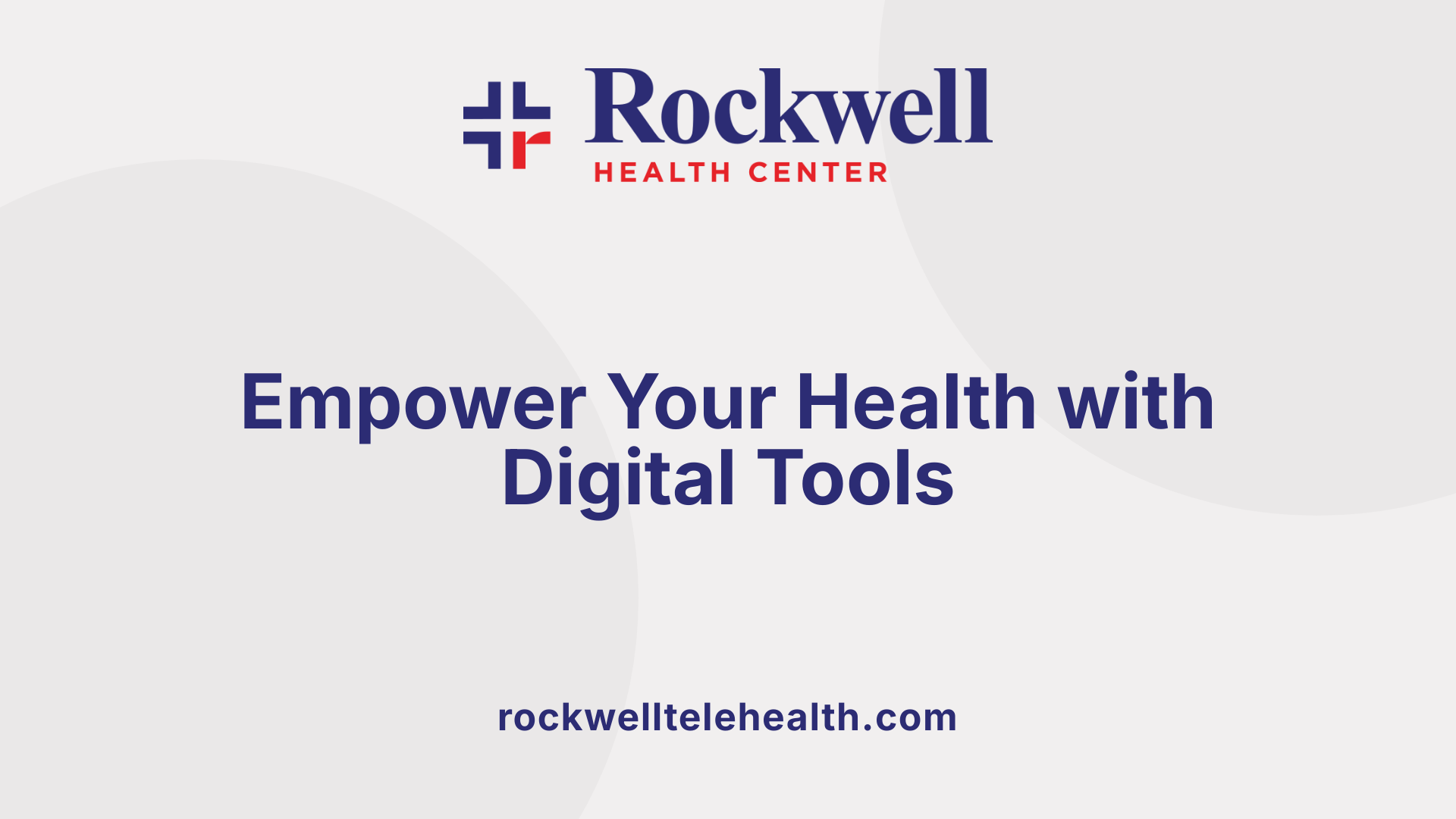
Which digital tools and resources are available for managing diabetes and weight remotely?
Modern digital tools have revolutionized the way individuals manage diabetes and weight from home or remote locations. These include a variety of mobile applications designed for tracking essential health metrics such as blood glucose levels, weight, physical activity, and diet. Many of these apps integrate seamlessly with digital monitoring devices like Bluetooth-enabled scales, continuous glucose monitors (CGMs), blood pressure monitors, and insulin pumps.
For diabetes, platforms such as myDiabetes provide structured education, personalized advice, and goal-setting features. These platforms support ongoing disease management by allowing users to set targets, log health data, and receive tailored feedback. They also enable healthcare professionals to access patient reports remotely, review test results, and adjust treatment plans without the need for in-person visits.
Telehealth services extend these capabilities further by facilitating virtual consultations, medication management, and lifestyle counseling through secure video conferencing tools. Patients can have real-time discussions with specialists such as endocrinologists, dietitians, and psychologists, gaining continuous support for their health goals.
Online educational resources, patient portals, and community forums actively encourage self-management and peer support. Patients can access disease-specific information, participate in structured programs, and stay motivated through interactive tools.
Advanced digital monitoring devices like Bluetooth-enabled scales and blood pressure monitors transmit data wirelessly to health apps or provider portals. This real-time data sharing enhances healthcare providers’ ability to monitor progress, detect issues early, and make timely adjustments to treatment strategies.
Furthermore, platforms that enable personalized treatment planning leverage comprehensive health data—such as blood glucose and body weight trends—to tailor interventions, medication adjustments, and lifestyle recommendations. They also help track adherence to prescribed protocols and capture behavioral changes over time.
In summary, these digital tools—ranging from mobile apps and wearable devices to telehealth platforms and online educational content—empower individuals to take control of their health. By providing real-time insights, fostering connected care, and supporting personalized treatment, they significantly improve health management for people dealing with diabetes and weight concerns.
How do remote data sharing capabilities enhance healthcare provider support?
Remote data sharing is a cornerstone of effective telehealth management. Devices like Bluetooth scales and glucose monitors automatically transmit health data to secure platforms accessible by healthcare teams. This continuous flow of information facilitates timely review of patient progress and helps identify potential issues before they escalate.
With remote data, providers can evaluate weight trends, blood sugar levels, and medication adherence without requiring frequent clinic visits. This promotes more proactive adjustments—such as medication titrations or lifestyle modifications—making the treatment process more dynamic and personalized.
Patients benefit from increased engagement and accountability, knowing their health data is closely monitored. Meanwhile, clinicians gain a comprehensive picture of daily life behaviors and health responses, allowing for more informed decision-making.
Platforms often feature alerts for abnormal readings, prompting healthcare teams to intervene swiftly or contact patients for additional guidance. This proactive approach not only improves clinical outcomes but also enhances patient safety.
Platforms supporting personalized treatment plans and real-time health tracking
Various telehealth and digital health platforms are designed to provide personalized treatment plans based on continuous data collection. These platforms utilize algorithms and analytics to identify patterns, predict risks, and recommend interventions tailored to each individual.
For example, in diabetes management, platforms can suggest adjustments to insulin doses, dietary recommendations, or activity routines based on real-time blood glucose data. Similarly, weight management programs can analyze weight fluctuations and activity levels to modify exercise or dietary plans accordingly.
These systems also support goal setting, progress tracking, and motivational feedback. Some platforms include AI-driven insights to enhance patient understanding and engagement.
Overall, the integration of digital tools with healthcare provider oversight creates a comprehensive, adaptive, and patient-centered approach to managing chronic conditions remotely. This synergy enhances treatment efficacy, promotes adherence, and ultimately leads to improved health outcomes.
Benefits and Effectiveness of Telehealth in Diabetes and Weight Control
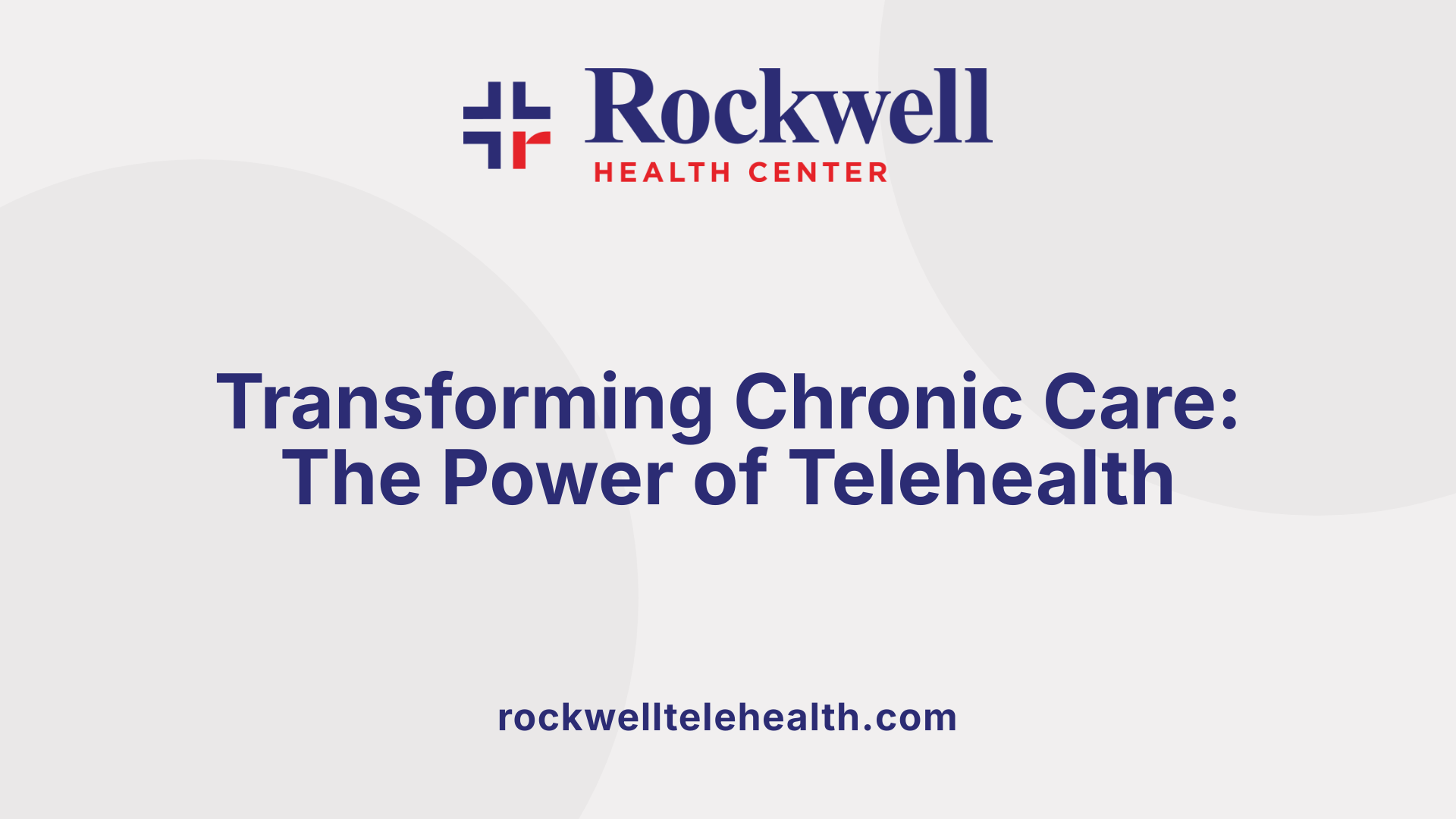
What are the benefits and effectiveness of remote or telehealth-based diabetes and weight management services?
Telehealth and remote management programs for diabetes and weight control are transforming healthcare by making it more accessible and tailored to individual needs. These services use various digital tools such as apps, remote monitoring devices, and virtual consultations, which allow patients to receive support from healthcare professionals without the need for frequent in-person visits.
One of the most notable advantages is improved access to care, particularly for underserved populations including those in rural areas, ethnic minorities, and the elderly. For example, programs like the Montana-based PRISM initiative showcase how telehealth can effectively enhance health outcomes where traditional healthcare access is limited.
Research evidence underscores their effectiveness. Clinical outcomes such as reductions in HbA1c levels—an important marker of diabetes control—range from 0.37% to over 1.5% in many studies. Patients also experience significant weight loss, with some programs helping individuals achieve at least a 10% reduction in body weight, which can substantially improve health conditions like diabetes, joint pain, and cardiovascular risk.
These programs support self-management behaviors by providing tools for tracking blood sugar, weight, diet, and activity. They often include expert coaching on nutrition, meal planning, and lifestyle changes, boosting patient confidence and engagement. Features like virtual counseling, educational videos, and peer support foster motivation and adherence.
Telehealth solutions also enhance care coordination. Healthcare providers can monitor patient data in real time, make timely adjustments to treatment plans, and share reports directly with patients' primary care providers or specialists, enriching the quality of care.
From an economic perspective, telehealth reduces healthcare costs by decreasing unnecessary clinic visits, preventing hospitalizations, and minimizing appointment no-shows. It also optimizes resource use within health systems by managing more patients remotely.
Patient satisfaction tends to be high with telehealth services, driven by convenience, immediate access to care, and the personalized nature of digital health interventions. These factors collectively contribute to better health outcomes and sustained behavior change.
Overall, remote services for diabetes and weight management demonstrate comparable, if not superior, results to traditional approaches, confirming their role as vital components in modern healthcare strategies.
Eligibility Criteria and Support Options for Remote Programs
What are the eligibility requirements and support options for accessing remote diabetes and weight management programs?
Remote health programs like those offered by Teladoc Health and other providers typically have specific eligibility criteria based on the individual’s health status and need. For instance, to participate in a weight management program, an individual often needs to have a BMI above a certain level, be diagnosed with obesity or related health conditions, or be advised by a healthcare provider that weight loss would improve their health. Similarly, remote diabetes management programs generally require a diagnosis of type 1 or type 2 diabetes, pre-diabetes, or related metabolic issues.
Most programs are designed to be inclusive for those who meet these medical guidelines and are covered under their health insurance, employer, or healthcare plan. In many cases, eligibility is determined through eligibility assessments conducted by the employer or health plan, with some programs offering free access to qualifying individuals.
Support options within these programs are comprehensive, aiming to integrate lifestyle changes with medical oversight. Participants receive personalized care plans crafted by healthcare professionals. These plans often feature regular coaching on nutrition, meal planning, and physical activity, delivered remotely via phone, video calls, or messaging.
Digital health tools are crucial components, including smart scales, blood glucose monitors, and activity trackers, which automatically transmit health data to healthcare teams. Mobile apps support daily logging of food intake, physical activity, and weight, enabling users to track progress and stay motivated.
Another significant support feature is access to virtual consultations with clinicians, dietitians, and psychologists who can adjust care strategies as needed. In certain cases, medications such as GLP-1 receptor agonists like semaglutide or tirzepatide may be prescribed following a clinical assessment, aligning with the program goals to facilitate weight loss or better glucose control.
Regular clinical follow-up ensures treatment effectiveness and safety, allowing healthcare providers to monitor changes, address challenges, and modify plans. Importantly, privacy and security of personal health information are protected rigorously, in compliance with federal and state laws such as HIPAA, ensuring that participants' data remains confidential.
Overall, these remote programs streamline access to personalized, medically supervised care, making management of chronic illnesses more accessible and flexible for participants from various backgrounds and locations.
Conclusion: Embracing Digital Health for Chronic Disease Management
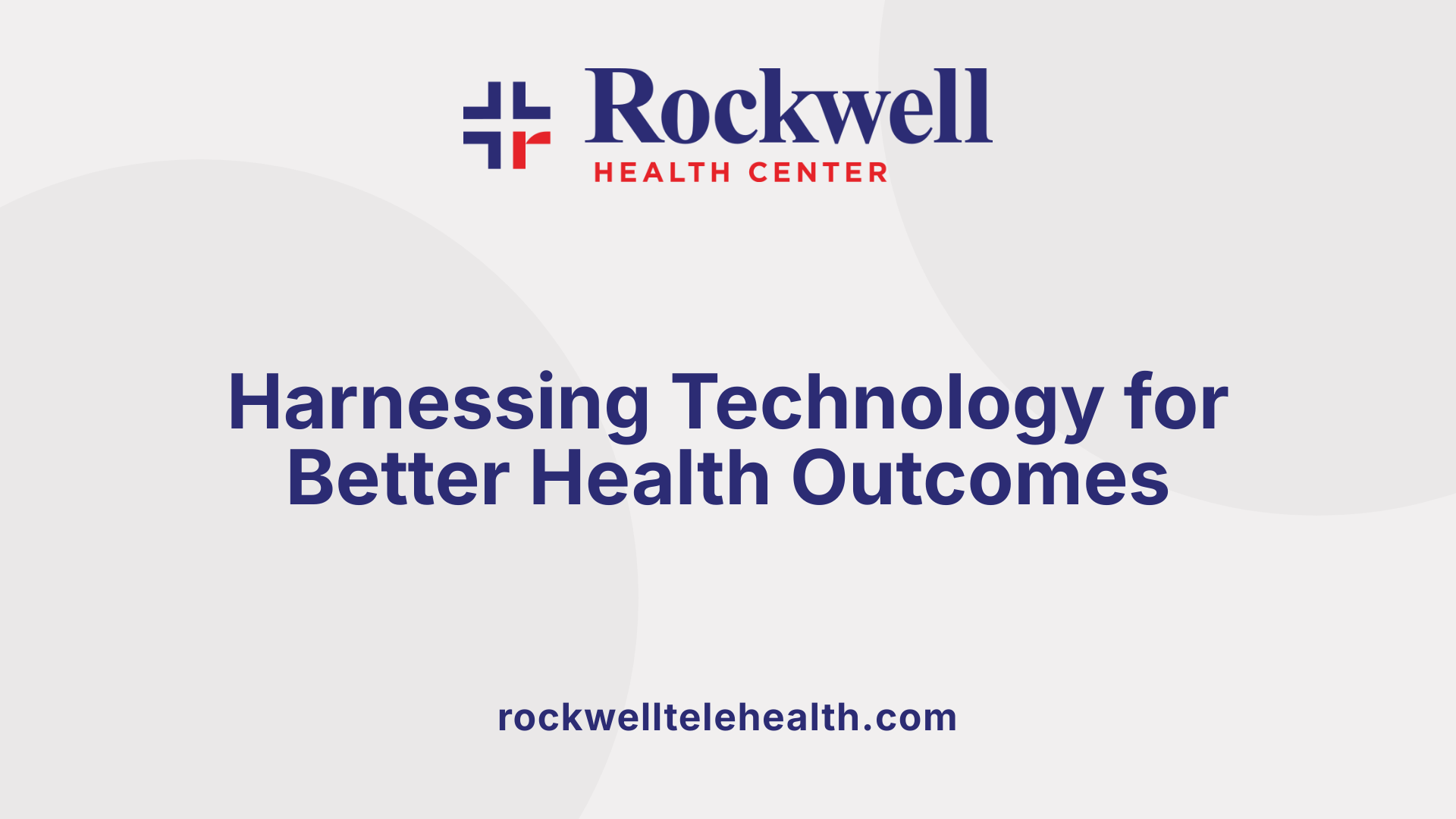
Summarize the benefits and efficacy of remote diabetes and weight management programs.
Remote programs for managing diabetes and weight utilize telehealth technologies to provide tailored and accessible healthcare. These programs often include tools such as digital scales, blood glucose monitors, activity trackers, and apps that allow patients to monitor their health metrics remotely.
Patients benefit from personalized coaching, structured educational content, and regular virtual check-ins with healthcare providers. Evidence demonstrates that such interventions can lead to meaningful improvements in blood sugar levels, HbA1c, weight reduction, and overall lifestyle habits.
In weight management, remote interventions have shown they can produce substantial BMI reductions and support long-term weight control when combined with medication and behavioral strategies. For tackling diabetes, remote monitoring and virtual management can improve blood glucose control, enhance medication adherence, and reduce complications.
Overall, these digital health solutions increase patient engagement, remove barriers to care, and enable ongoing clinical oversight. Their proven effectiveness backing their growing adoption signals a transformative shift in how chronic diseases are managed.
Importance of technology, accessibility, and continuous support.
Technology plays a critical role in expanding access to high-quality health care regardless of location. Devices like Bluetooth-enabled scales and real-time data transmission keep healthcare providers updated on patient progress.
Ensuring patient comfort and ability to use telehealth tools is essential, especially for elderly populations or those in rural or underserved areas. Programs often include support resources to help users navigate technology confidently.
Accessibility is further enhanced through coverage by insurance, employer health plans, or healthcare providers, reducing financial barriers and fostering widespread participation.
Continuous support through expert coaching, tailored educational content, and regular clinical follow-up sustains motivation and adherence. These ongoing interactions help to address challenges early, refine treatment plans, and amplify health outcomes.
Future outlook on telehealth innovations and personalized care.
The future of telehealth in chronic disease management looks promising, with ongoing innovations aimed at further personalizing care. Integration of advanced health devices, such as continuous glucose monitors, insulin pumps, and AI-driven data analytics, will enable more precise treatment adjustments.
Emerging technologies may also enhance virtual reality, augmented reality, and machine learning to deliver immersive education and behavioral interventions.
With the continued expansion of telehealth, efforts to improve user experience, data security, and equitable access will be paramount. Emerging research suggests that future programs will be highly individualized, combining genetic, environmental, and lifestyle data for hyper-personalized treatment strategies.
This evolution will likely lead to proactive, preventive care models that anticipate health issues before they manifest, transforming chronic disease management into a seamless, patient-centered experience.
Shaping the Future of Chronic Disease Care with Technology
As digital health continues to evolve, remote diabetes and weight management programs are set to become even more personalized, accessible, and effective. Emphasizing the importance of integrating cutting-edge technology, ongoing support, and patient-centered approaches, these programs promise to improve health outcomes for millions worldwide, offering a sustainable model for managing chronic diseases in the digital age.
References
- Online Weight Management Program
- myDiabetes: The diabetes app that helps you take control
- Using telehealth technologies for diabetes care
- A Review of Telemedicine Interventions for Weight Loss
- Remote Weight Monitoring & Obesity Care Management
- Medical Weight Management Telemedicine
- Telehealth Technologies in Diabetes Self-management ...
- Diabetes remote monitoring program helps manage disease
- Using telehealth technologies for diabetes care
- Digital Diabetes Tools: Diabetes Prevention, Care & Support




















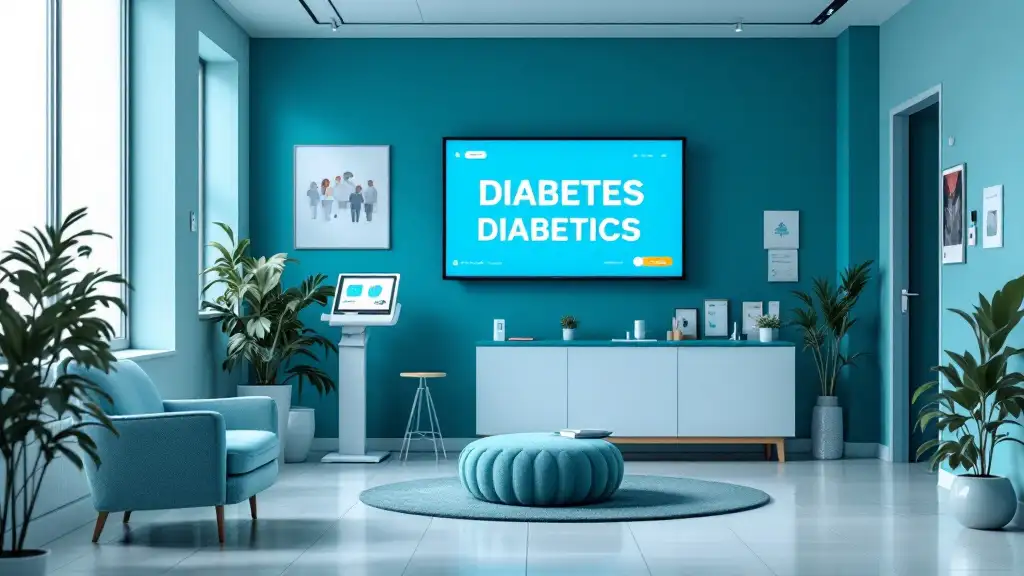
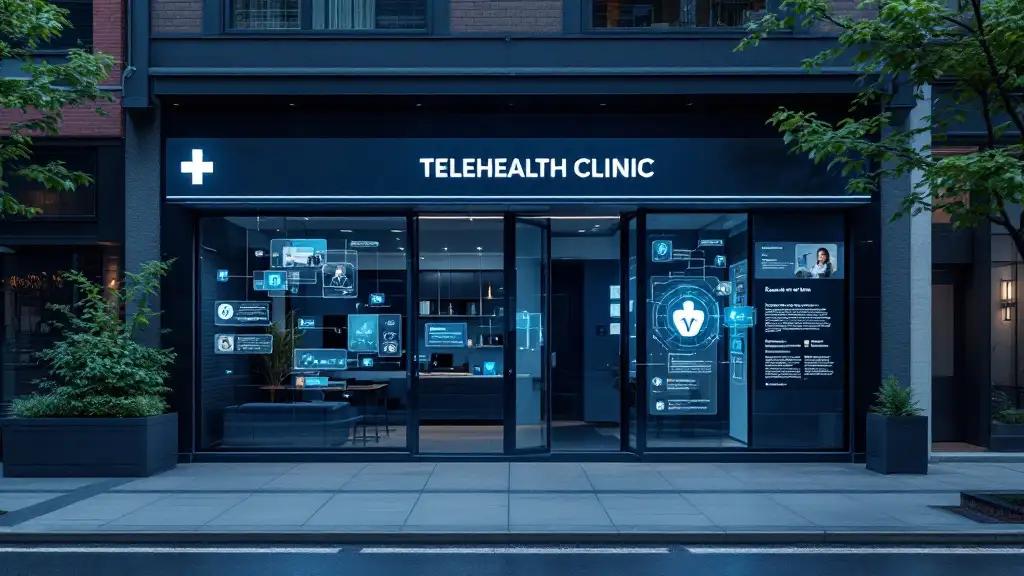













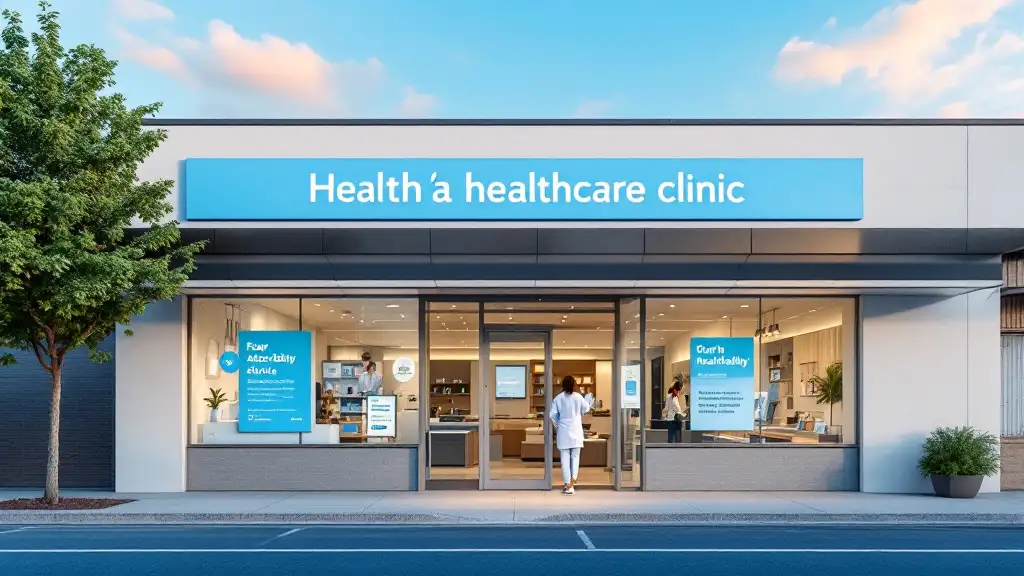















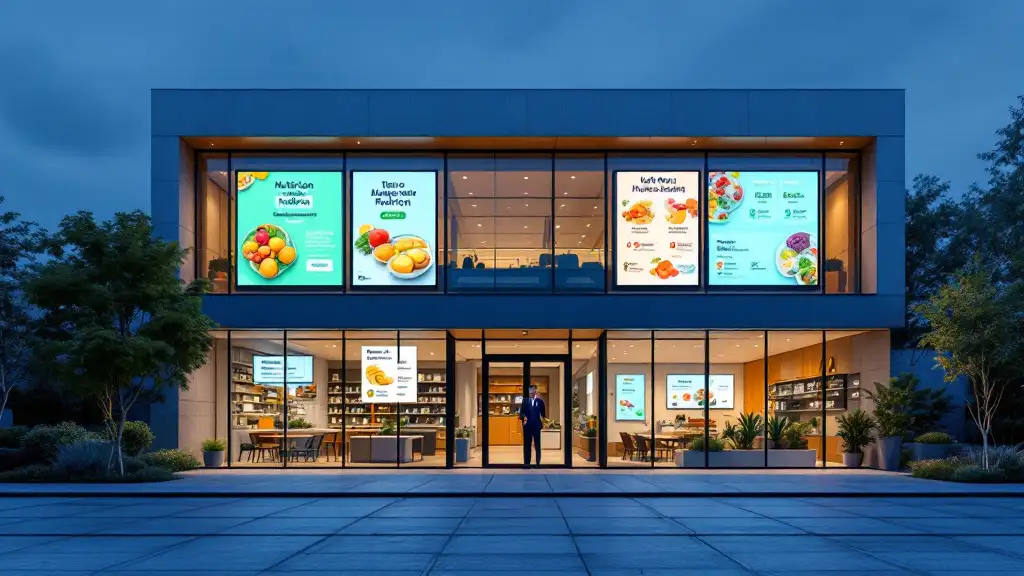




































.png)